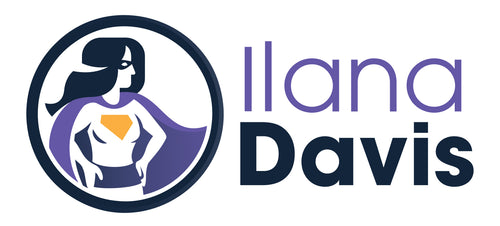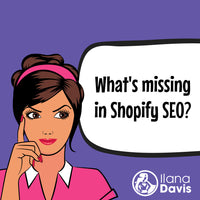Interpreting bounce rate vs exit rate
Now that summer is coming to a close from one of the strangest years ever, I realize how much I miss summer street fairs. Gone are the days where I could walk through aisle after aisle looking, touching, chatting it up with the venders. Weaving through the tents and crowds of people.
Each vender, greeting me as I passed by, vying for my attention before I continued my stroll down the aisle.
I hope I’m not alone in missing the street fairs. If I could simplify this, there are two different kinds of shoppers at the street fair.
- The patron who stops to visit vendors at their leisure (me), and
- The spectator who can’t get out of there fast enough (my husband).
The patron sees an interesting vendor as they walked down an aisle. Picking up various items, touching, feeling, evaluating if it’s worth their hard-earned money. They usually start on one end of the table or booth and work their way through, making sure not to miss an item.
The spectator, usually only stops at a vendor if pulled in to the tent. They may take a quick second to look but likely have no plans to buy anything.
If we use these two types of shoppers at a street fair, we can better understand how similar shoppers interact with your Shopify store.
For example, the patron is someone who found your website and is looking around your site. If they decide not to buy anything and leave, in Google Analytics, this is your exit rate.
The spectator, who can’t get out fast enough, likely landed on your website by accident or are in the wrong place. They were never going to buy from you. In Google Analytics, this is your bounce rate.
The exit rate and bounce rate are similar in that the customer on your website didn’t buy anything, but how you use the information is different.
The exit rate is in direct correlation to the customers who visited more than one page and spent time on your site. These are the customers you want to bring back. Since the exit rate relates to a customer who could have bought from you but didn’t, you can salvage the interaction. This is a great opportunity to bring them back to your website or learn why they didn’t buy anything.
Bounce rate, on the other hand, relates to visitors on your site who landed on a page, bounced off without engaging in a meaningful way, and did not return. Like a ball, they are only there for a quick moment before disappearing. In these instances, they were never meant to be on your site in the first place.
I could argue that a high bounce rate means a lack of quality content or the site is inaccessible. It could also be that you are attracting the wrong people to your website.
It’s expected that, for example, most blog pages have a 70-90% bounce rate. Many Shopify blogs don’t use a strong call to action on blog posts and no reason to interact with the page, leaving the visitor no other choice but to leave.
Both exit rate and bounce rates are important metrics to keep your eye on. A high exit rate could be a sign that there is an issue with your conversion funnel. A high bounce rate could be a sign of poor satisfaction on your site.
To reduce either of these rates, you need to determine and focus on the problem you want to solve. To name a few methods, reducing exit and bounce rates:
- Exit Intent surveys
- Popups on exit
- Retargeting Ads
- A/B testing
- Improve usability and accessibility
- Attracting the right audience
- Abandoned cart emails
- Setup proper 404 pages
- Use tools like Hotjar or LuckyOrange
- Check your site regularly
If it’s been a while since you’ve looked at your site objectively, consider a Website Rescue. I’ll review over 100 reasons that could be preventing sales on your Shopify site, recommend changes, and make a handful of tweaks within two weeks.
JSON-LD for SEO
Get more organic search traffic from Google without having to fight for better rankings by utilizing search enhancements called Rich Results.
Linking Llama
Link discontinued products to their best substitute. Keep discontinued products published on your website and continue to benefit from traffic to these pages.




